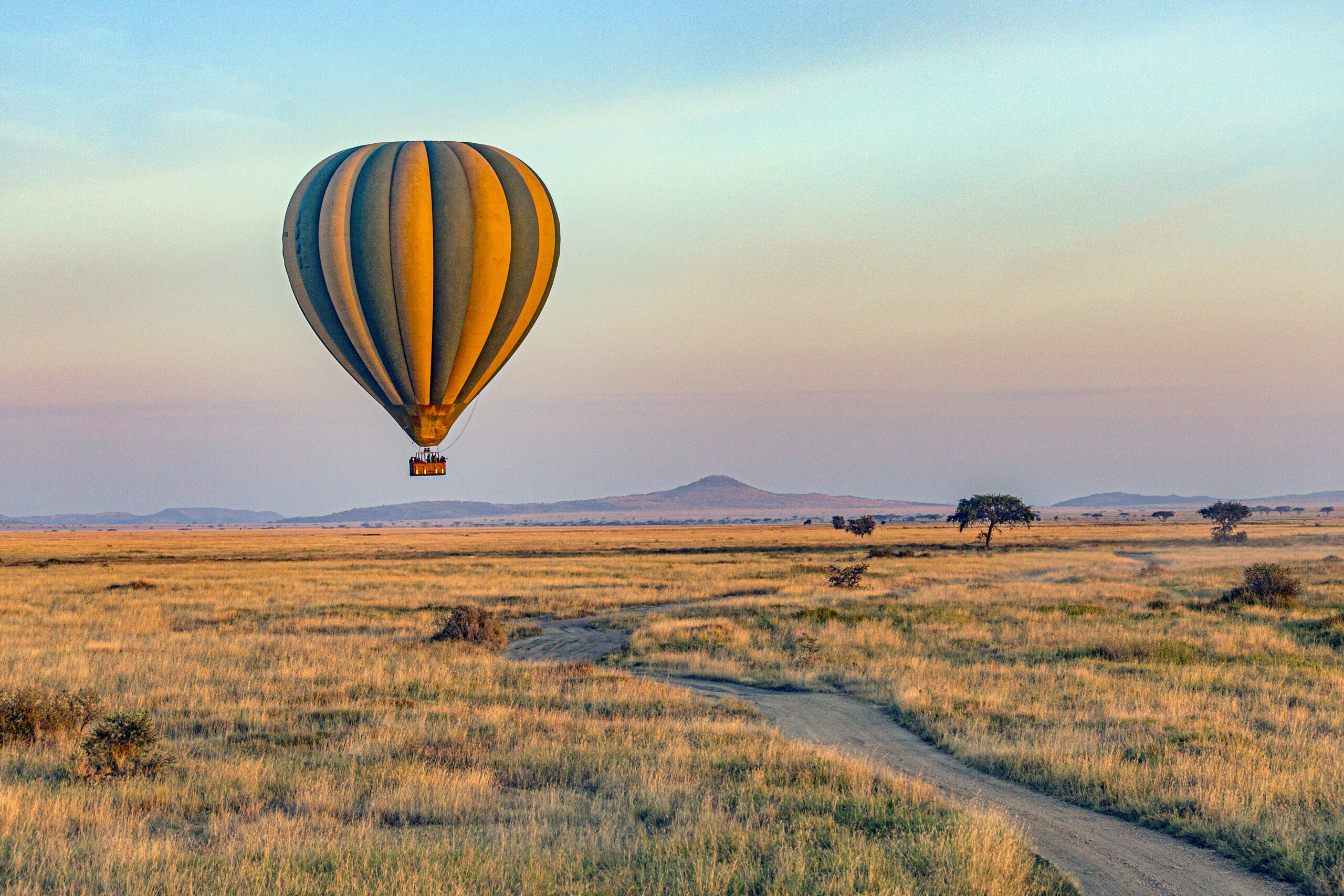Tanzania was aiming for 5 million tourists by 2025. The good news? With 5.36 million visitors in 2024, the country smashed its target a full year ahead of schedule. A performance that has competing destinations watching nervously and confirms East Africa’s rising prominence on the global tourism map. Behind these impressive numbers lies an aggressive strategy mixing electric safaris, new air routes, and territorial diversification.
Target Demolished in a Favorable Climate
Tanzania has delivered on its promise. Starting from 1.8 million tourists in 2023, it tripled its visitor numbers in record time. Revenue figures tell the same story: $4 billion in 2024, compared to $3.37 billion the previous year. The sector now accounts for 17% of Tanzania’s GDP and remains the country’s third-largest employer.
This explosion has several explanations. First, Tanzania played it smart during COVID by keeping its borders open when the rest of the world was locking down. The result: a reputation as an accessible destination that persists today. Second, the country is riding current travel trends. Travelers are seeking authenticity and avoiding overtourism. Tanzania checks all the boxes: intimate safaris in the south, eco-responsible experiences, and a genuine alternative to neighboring Kenya.
International tourists represent a key market. They particularly appreciate the safari-beach combination that the Zanzibar archipelago makes possible. The travel industry is holding strong in 2025, even as travelers opt for shorter trips and watch their budgets more carefully. East Africa remains attractive compared to traditional long-haul destinations that are losing ground (the U.S. saw a 14% drop in summer 2025 bookings).
Major Airlines Betting Big on Kilimanjaro
Air France launched its Paris-Zanzibar-Kilimanjaro route in November 2024, replacing the old Dar es Salaam service. A strategic gamble that facilitates direct access to the northern parks, where 70% of the country’s safari activity is concentrated. Gone are the complicated connections via Addis Ababa or Nairobi—tourists now arrive directly at the foot of the roof of Africa.
The French carrier does suspend Zanzibar service during the green season (March-May), the low period when rains discourage beach lovers. A pragmatic decision that concentrates efforts on high season. Ethiopian Airlines compensates by strengthening its connections with a second daily flight from Addis Ababa. Tanzanian carrier Flightlink is also negotiating a direct Paris-Kilimanjaro route from Orly, targeting 20,000 to 25,000 passengers during high season (June-February).
This aerial battle reflects Tanzanian ambition. More direct flights mean less friction for European tourists. Every hour saved on the journey is another argument against Kenya, which still dominates the East African market with its more developed infrastructure.
Electric Safaris: The Serengeti’s Silent Revolution

The first electric 4x4s were launched last year for East African safaris. A technological pivot made possible by improved battery range. The vehicles glide silently through the savanna, allowing closer approaches to animals without startling them with diesel engine noise. Silence becomes a selling point: observing a hunting leopard without any engine sound transforms the experience.
This innovation arrives at the right moment. 63% of travelers say they want to travel more sustainably in 2025. Electric safaris allow Tanzania to differentiate itself in a market where every country offers more or less the same animals. The country is betting on experience quality rather than volume. An electric safari costs more but attracts premium clientele willing to pay for an environmentally respectful approach.
Southern Tanzania: The Anti-Crowd Alternative
Southern parks like Ruaha or Nyerere (formerly Selous) welcome in one year as many visitors as the Serengeti sees in a single day. That statistic says it all. While tourists cluster in the north to check off the Big Five, the south offers intimate safaris where encountering another vehicle remains exceptional.
The Tanzanian government is pushing this diversification. New airstrips, improved tracks, tax incentives for investors in the south. The objective: relieve congestion in the northern circuit and extend average stay duration. A tourist combining north and south stays an average of 12 days versus 7 for those limiting themselves to the Serengeti. More nights mean more spending and greater local economic impact.
Challenges to Maintaining Growth

Zanzibar instituted a mandatory tourist tax in October 2024 in the form of paid insurance certification. A measure that increases the final bill and complicates entry formalities. The tourist visa remains at $50, but ancillary fees are accumulating. Against destinations like Vietnam (+41% bookings for 2025) or French Polynesia (+16%), every extra dollar counts.
Security remains a concern. Border areas with Mozambique (Mtwara region) are not recommended—armed groups operate there occasionally. The U.S. State Department maintains its cautionary advisories, particularly for nighttime travel. Tanzania has the world’s sixth-highest road fatality rate, a figure that discourages some independent travelers.
Infrastructure remains the Achilles’ heel. Despite progress, the country lacks mid-range hotels, roads passable during rainy season, and reliable internet connections in remote areas. The government promises $100 billion in tourism revenue by 2030, but the target requires massive investment. The United Arab Emirates has injected $7 billion into a hunting reserve project at Loliondo, while China is financing a $9 million geopark in Ngorongoro. Controversial investments that raise questions about the tourism development model.
Regional competition is intensifying. Kenya remains the leader with superior infrastructure and polished marketing. Rwanda is betting on luxury tourism with its gorillas. Uganda is developing its adventure offerings. In this context, Tanzania must maintain its competitive advantage: the diversity of its offerings (safari, beach, mountain) and its preserved spaces. The challenge will be managing growth without repeating Kenya’s mistakes, where some parks resemble parking lots during high season.
With 5.36 million tourists in 2024 and a trajectory toward 8 million by 2030, Tanzania has made good on its bet. The country proves that an African destination can triple its visitor numbers without sacrificing experience quality. Electric safaris, southern diversification, new air routes: all assets for continued growth. What remains is delivering on the promise without falling into the overtourism traps that threaten every tourism success story.

